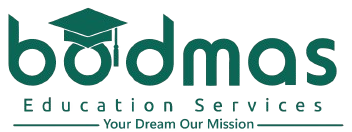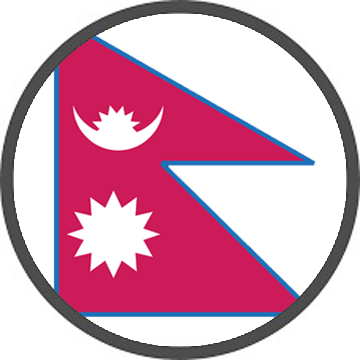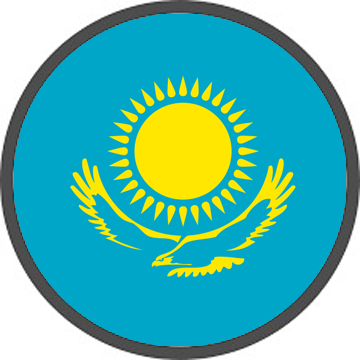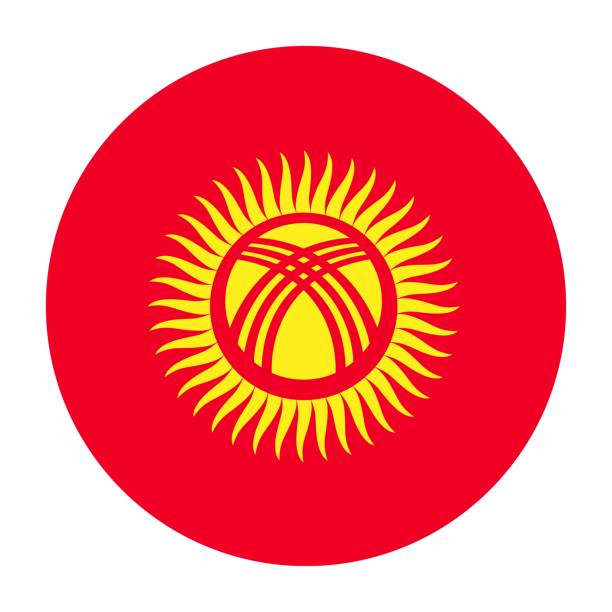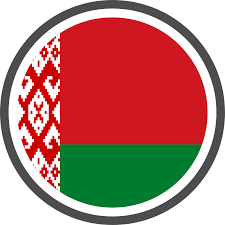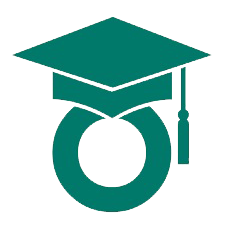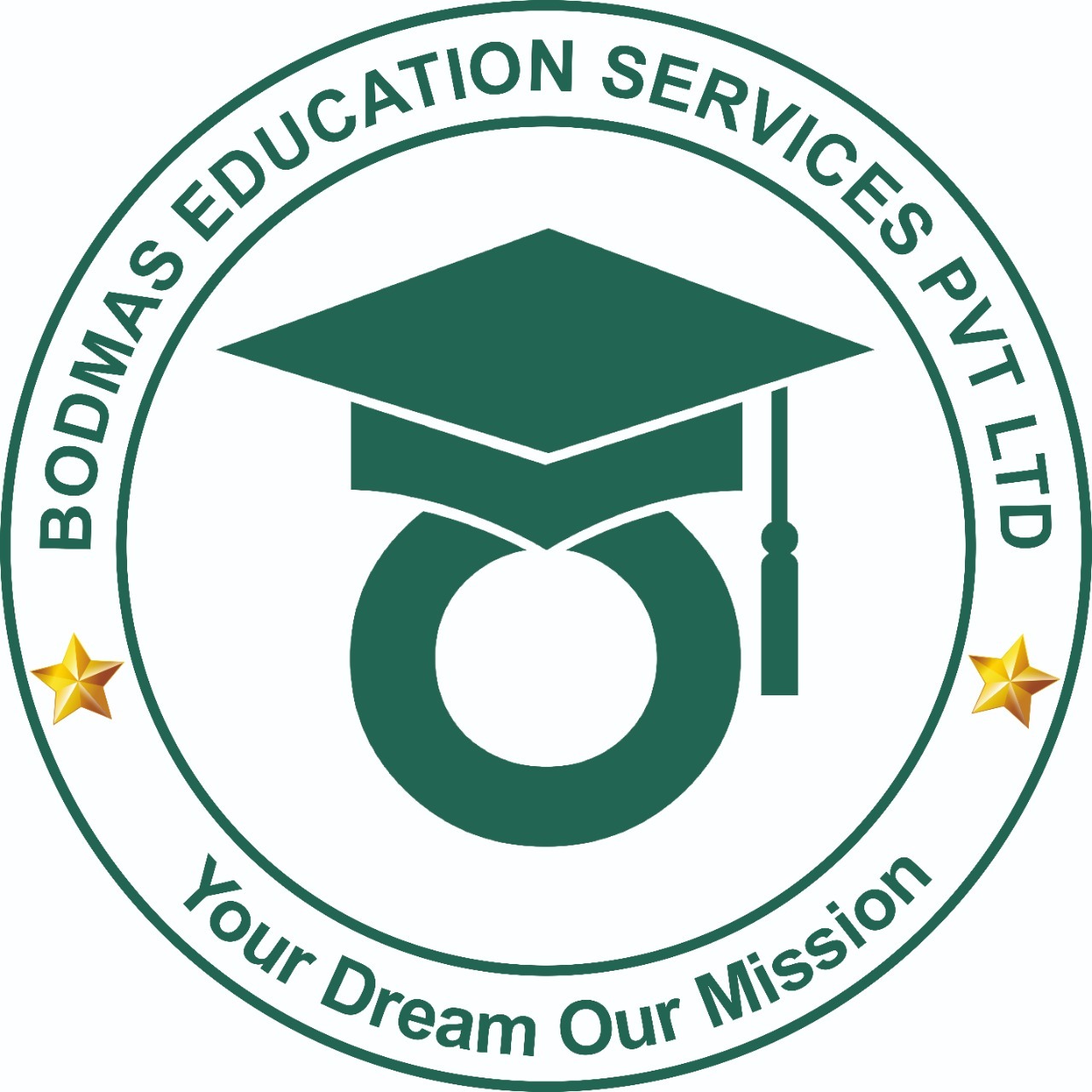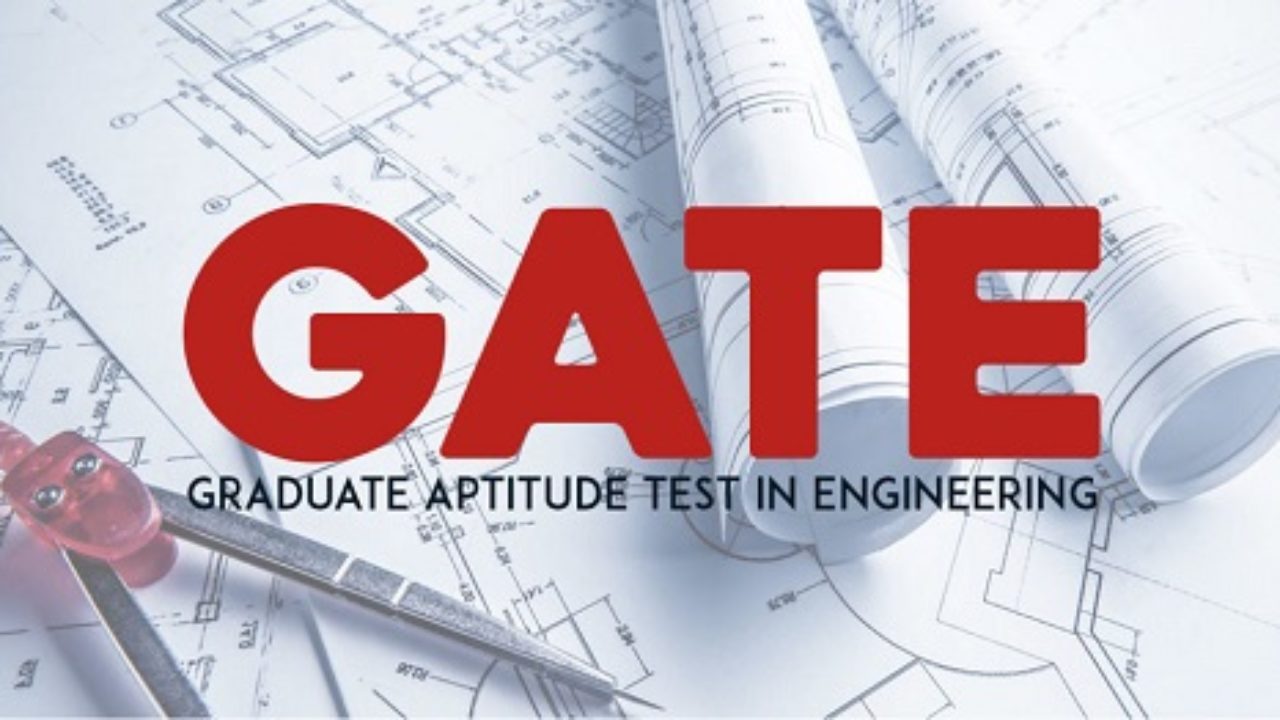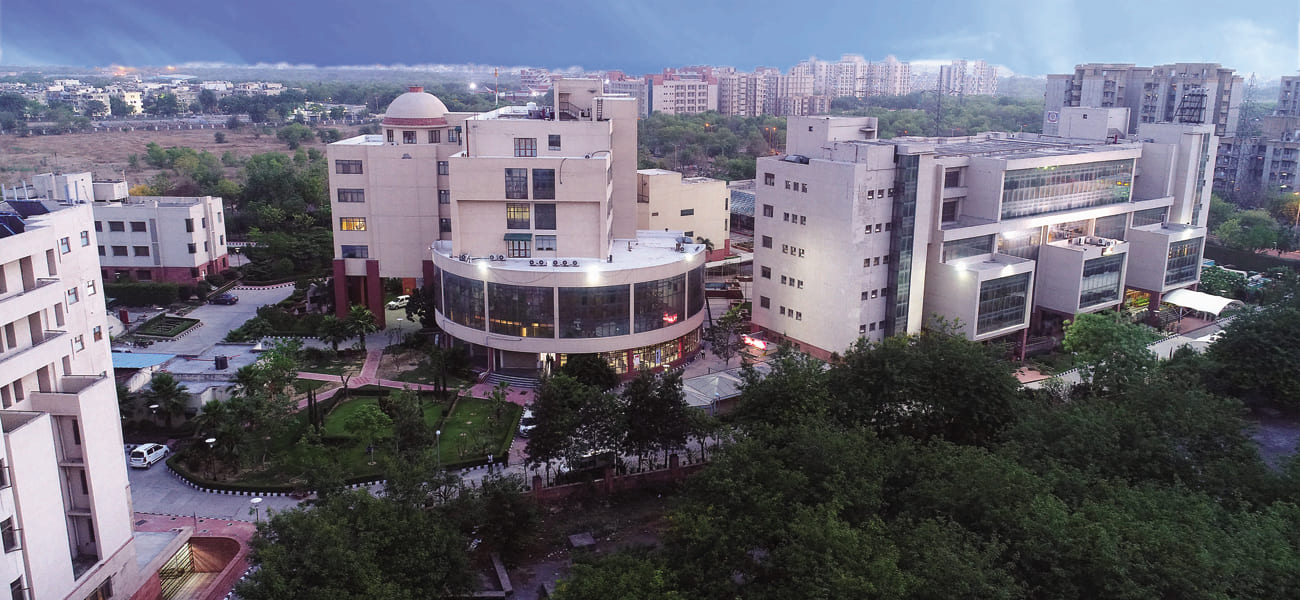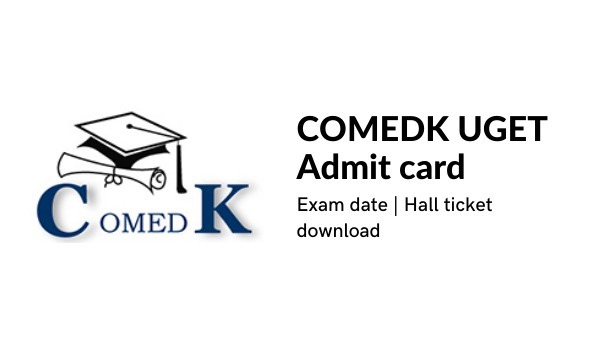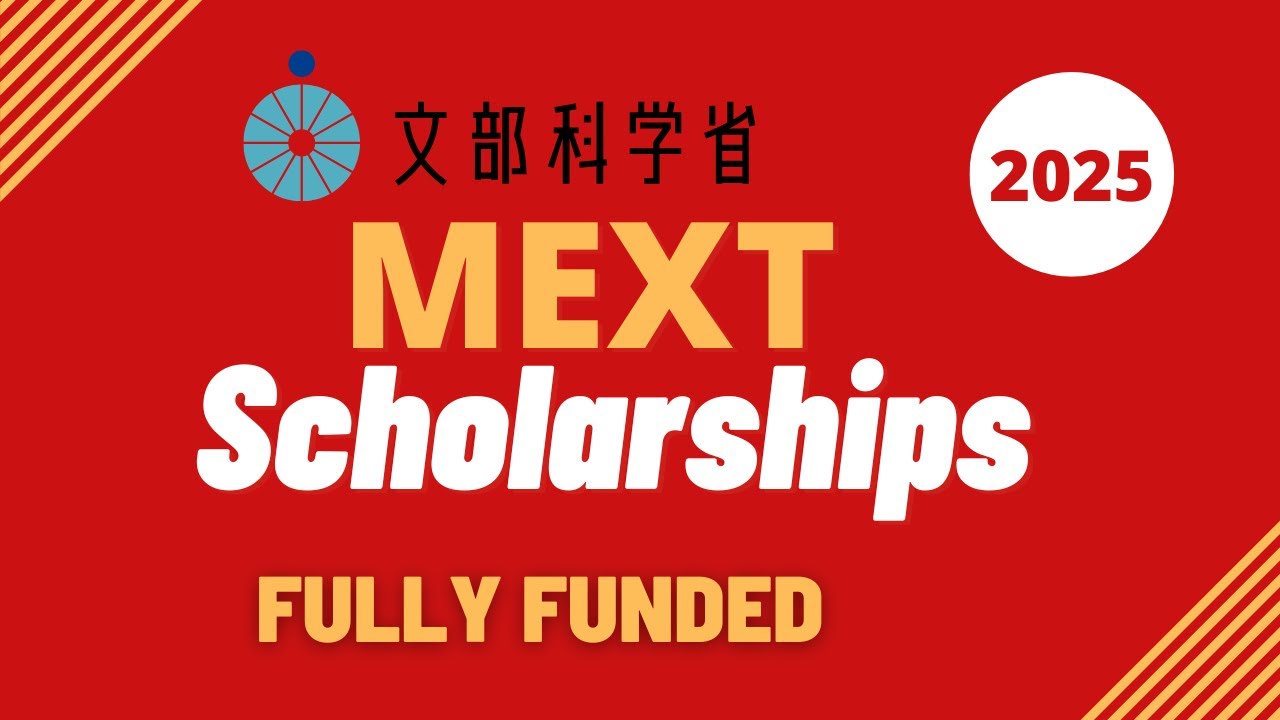NCISM Unveils Pre-Ayurveda Program: BAMS Admission Now Open After 10th Grade
Pre-Ayurveda Program: The Bachelor of Ayurvedic Medicine and Surgery (BAMS) program, which traditionally required students to complete their 12th grade before entering, is now open to students who have only completed their 10th grade. This significant change, approved by the National Commission for Indian System of Medicine (NCISM), will allow students to pursue a career in Ayurveda much earlier in their academic journey.
The revised structure includes a seven-and-a-half-year course with a mandatory one-year internship, with the first two years dedicated to a pre-Ayurveda program. The policy change is set to be implemented for the academic session of 2025-26.
Pursue BAMS After 10th Grade with the Pre-Ayurveda Program
The Pre-Ayurveda Program (PAP) and the creation of Ayurveda Gurukulam institutions will provide a unique educational experience that blends modern science with ancient wisdom. This change holds the potential to significantly boost the reach and impact of Ayurveda, empowering the next generation of healthcare professionals to continue India’s rich tradition of natural healing in a rapidly evolving medical landscape.
BAMS Admission Structure
Eligibility for 10th Grade Students:
Traditionally, students had to complete their Class 12 education with a focus on science subjects to be eligible for BAMS admission. However, this new regulation allows students who have completed their 10th grade with a minimum of 50% marks (from State, CBSE, or equivalent boards) to apply for the BAMS program. These students will first need to complete a two-year Pre-Ayurveda Program (PAP) before transitioning into the full BAMS course.
Ayurveda Gurukulam Institutions
Admission to the BAMS program through this new pathway will be available only in select institutions, known as Ayurveda Gurukulams. These are residential institutions where students will live and learn in a Gurukul-style setup. Each Ayurveda Gurukulam will also feature a teaching hospital for practical training. The number of these institutions will be proportional to the population of each state, ensuring broader accessibility.
Pre-Ayurveda Program (PAP)
The Pre-Ayurveda Program is a critical preparatory course designed to instill the foundational knowledge required for the study of Ayurveda. This program will last for two years:
- First Year: Introduction to Ayurvedic principles, Bharateeya Shastras, and Sanskrit.
- Second Year: A deeper understanding of Ayurveda, preparing students for the BAMS program.
Admission Through NEET-PA:
Admission to the Pre-Ayurveda Program will be based on the National Eligibility-cum-Entrance Test-Pre-Ayurveda (NEET-PA). This common entrance exam will be conducted by NCISM, ensuring fairness and transparency in the admission process. To be eligible, students must score at least the 50th percentile in NEET-PA, with relaxation for certain categories (e.g., 40th percentile for SC/ST/OBC candidates).
Course Duration and Structure:
The full BAMS course, including the Pre-Ayurveda Program and the internship, spans over seven and a half years. The first two years are devoted to the Pre-Ayurveda Program (PAP), followed by five and a half years of the core BAMS curriculum. After completing the BAMS program, students will undergo a mandatory one-year internship.
Post-Pre-Ayurveda Program Exit Option
If students wish to exit the Gurukulam system after completing the two-year Pre-Ayurveda Program, they can appear for the NEET or CUET exam and pursue other courses, such as those in modern medicine or other healthcare disciplines.
Purpose and Vision Behind the Change
The new structure aims to make Ayurvedic education more accessible and aligned with modern educational practices while preserving traditional learning methods. The Ayurveda Gurukulam model promotes a holistic, culturally enriched education, emphasizing informal teacher-student interaction in a traditional setup. The two-year Pre-Ayurveda Program will provide students with a comprehensive understanding of Ayurvedic texts, principles, and Sanskrit, which are crucial for mastering the Ayurvedic system of medicine.
Additionally, the initiative will enhance the quality of Ayurveda practitioners by ensuring that they receive an education that is grounded in Indian culture, ethics, and holistic health practices.
Syllabus and Curriculum of Pre-Ayurveda Program (PAP)
- Ayurvedic Philosophy and Texts: Students will study the classical sources of Ayurveda, including the foundational texts like Charaka Samhita, Sushruta Samhita, and Ashtanga Hridaya.
- Sanskrit: As Ayurveda is deeply rooted in Sanskrit, students will undergo intensive training in the language to understand the classical Ayurvedic texts in their original form.
- Introduction to Indian Culture and Tradition: A significant part of the curriculum will emphasize Indian culture, traditions, and values, with an emphasis on how Ayurveda fits into the broader philosophical and cultural context of India.
- Basic Sciences: The Pre-Ayurveda program will also cover subjects like biology, chemistry, and physics, ensuring that students have a solid grounding in the sciences before moving on to the more advanced aspects of Ayurvedic medicine.
Future of Ayurvedic Education
This reform is part of a broader effort to modernize Ayurvedic education while retaining its cultural and spiritual roots. It is expected to create a more accessible and equitable pathway to becoming a professional in Ayurvedic medicine.
By allowing students to begin their studies after the 10th grade, the NCISM hopes to encourage more young individuals to pursue careers in Ayurveda, fostering a new generation of Ayurvedic practitioners who are both well-versed in ancient wisdom and equipped with modern medical knowledge.
Furthermore, the initiative may contribute to the development of Ayurveda as a mainstream medical practice, both within India and globally. By providing high-quality education in Ayurvedic medicine, the system can cater to the growing demand for holistic healthcare, especially in the context of increasing interest in alternative medicine.

